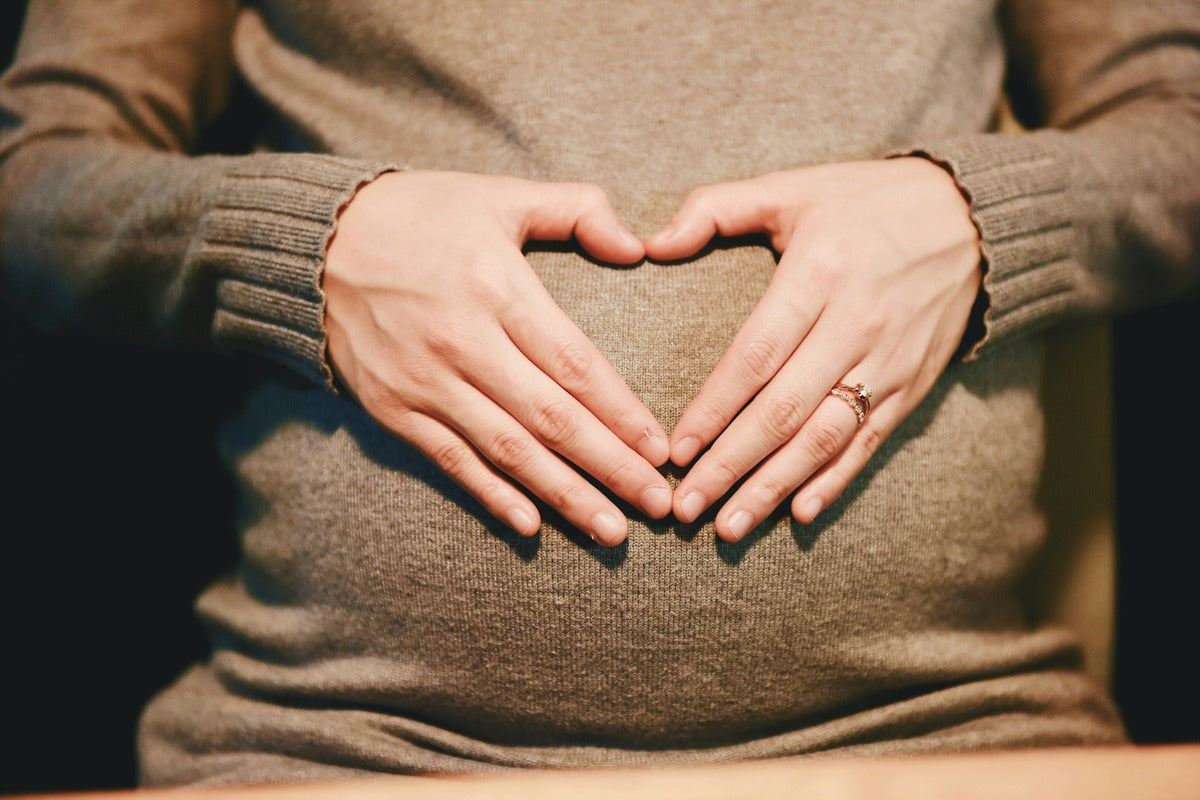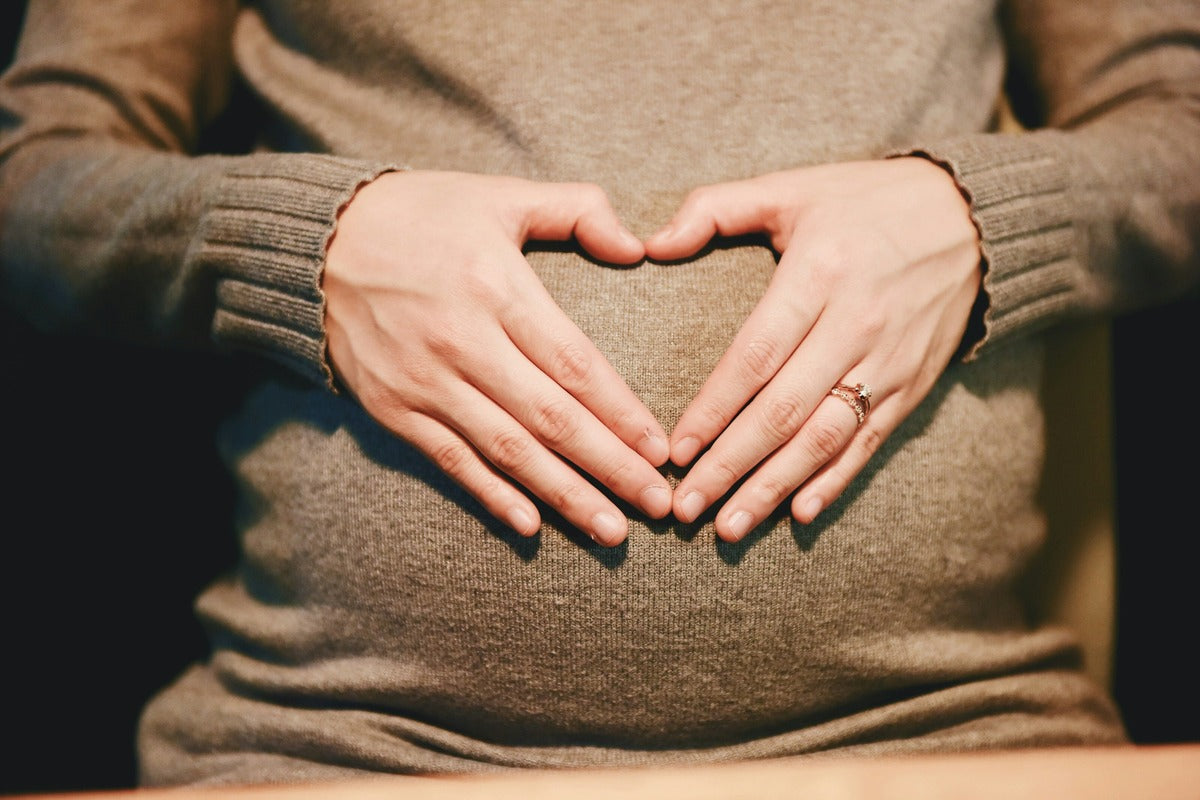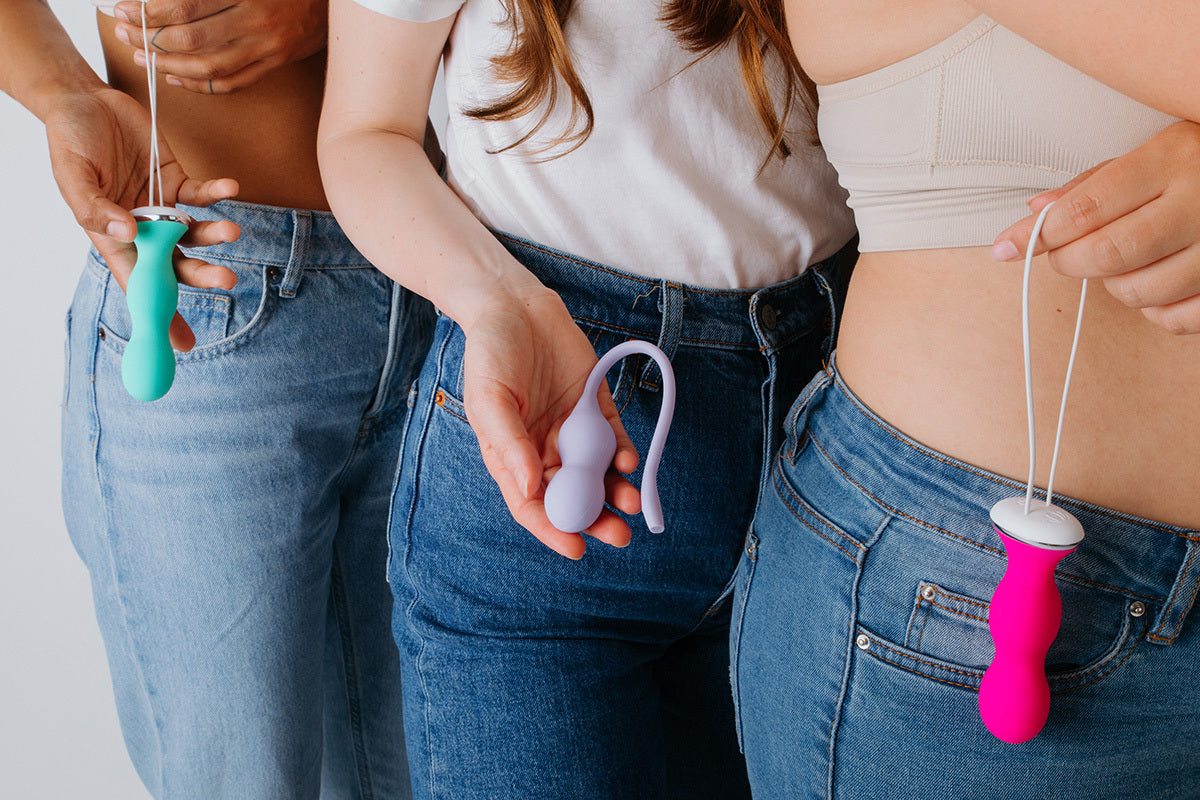Greetings, expecting parent! Let us speak about a crucial but often overlooked element of your pregnancy journey: your pelvic floor. You've probably heard whispers about kegels, but did you know there's a whole world of pelvic floor exercises that can be a game-changer during pregnancy and beyond? These exercises aren't just about prepping for delivery; they're your secret weapon for tackling common pregnancy woes and setting yourself up for a smoother postpartum recovery. Ready to dive into the benefits of pelvic floor exercises during pregnancy and learn how to keep your core strong? Let's get started on this essential self-care adventure together!
Why is pelvic floor health important during pregnancy?
Maintaining a healthy pelvic floor during pregnancy is crucial for your overall well-being and postpartum recovery. Let's explore why pelvic floor exercises during pregnancy are so important.
Supporting your changing body
As your body changes to accommodate your growing baby, your pelvic floor muscles bear increased weight and pressure. Strengthening these muscles through regular exercises (1) can help support your expanding uterus and prevent issues like urinary incontinence, which affects 37-42% of pregnant individuals.
Preparing for childbirth and beyond
A strong pelvic floor can make labor and delivery easier. It also aids in postpartum recovery, reducing the risk of pelvic organ prolapse and improving sexual function. The benefits of pelvic floor exercises extend well beyond pregnancy, contributing to long-term pelvic health.
Preventing urinary incontinence
One of the most significant benefits of pelvic floor exercises during pregnancy is the prevention of urinary incontinence. A study found (2) that women who participated in a prenatal exercise program including pelvic floor training were less likely to experience urinary incontinence both 2 months and 1 year after childbirth compared to those who didn't.
💡 Remember, every pregnancy is unique. Always consult with your healthcare provider before starting any new exercise routine.
Benefits of pelvic floor exercises during pregnancy
Engaging in pelvic floor exercises during pregnancy offers numerous advantages for your health and well-being. Let's explore some key benefits that make these exercises an essential part of prenatal self-care.
1. Improved bladder control
One of the primary benefits of pelvic floor exercises during pregnancy (3) is enhanced bladder control. As your baby grows, increased pressure on your pelvic floor muscles can lead to stress and urge incontinence. By strengthening these muscles, you'll be better equipped to prevent those embarrassing leaks when coughing, sneezing, or laughing.
2. Reduced risk of pelvic organ prolapse
Regular pelvic floor workouts help maintain the strength and integrity of the muscles supporting your pelvic organs. This can significantly lower your risk of experiencing pelvic organ prolapse, a condition where organs like the bladder or uterus descend into the vagina.
3. Improve easier labor and delivery
Believe it or not, a strong pelvic floor can contribute to a smoother labor experience. These exercises help you develop better control and awareness of your pelvic muscles, which can be invaluable during the pushing stage of labor.
4. Faster postpartum recovery
Lastly, maintaining a strong pelvic floor throughout pregnancy can lead to a smoother recovery. You'll likely experience less discomfort and regain bladder control more rapidly, allowing you to focus on bonding with your little one.
💡 Consistency is key when it comes to reaping the full benefits of pelvic floor exercises. Aim to incorporate them into your daily routine for optimal results.
When to start pelvic floor exercises during pregnancy?
It's ideal to begin strengthening your pelvic floor even before pregnancy. However, if you're already expecting, don't worry - it's never too late to start.
You can begin pelvic floor exercises as early as possible in your pregnancy, even if you're not experiencing any issues. These exercises help strengthen the muscles supporting your pelvic organs, which can reduce or prevent stress incontinence later on.
Pelvic floor exercises for pregnant women
Kegel exercises: your secret weapon
Kegel exercises are the cornerstone of pelvic floor exercises during pregnancy. To perform them, simply contract your pelvic floor muscles for 3-5 seconds, then relax for 5 seconds. Aim for 10-20 repetitions, 2-3 times daily. As you progress, try holding for longer periods.
Squats and pelvic tilts: double duty
Squats and pelvic tilts not only strengthen your pelvic floor but also prepare your body for childbirth. These movements are commonly found in Pilates for pelvic floor programs, which emphasize alignment and core activation.
For squats:
- Stand with feet hip-width apart,
- Lower your body as if sitting back into a chair,
- Then rise.
For pelvic tilts:
- Lie on your back with knees bent,
- Gently tilt your pelvis upward,
- Then return to the starting position.
Alongside Pilates, incorporating yoga into your routine can further enhance flexibility and relaxation, helping your body during pregnancy.
Tailor sitting: comfort meets function
Tailor sitting, or butterfly pose, is a gentle yet effective exercise. Sit on the floor, soles of feet together, knees out to the sides. Gently pulse your knees up and down.
If this is difficult to perform in sitting, perform in a reclined position. This exercise improves flexibility and strengthens your pelvic floor muscles.
These exercises offer numerous benefits. Always consult your healthcare provider before starting any new exercise routine during pregnancy. With regular practice, you'll be well on your way to a stronger pelvic floor and a more comfortable pregnancy journey.
What are 3 common mistakes to avoid while doing pelvic floor exercises during pregnancy?
1. Incorrect technique
One of the most common mistakes when performing pelvic floor exercises during pregnancy is using incorrect technique. Avoid holding your breath or clenching your buttocks, as this can prevent proper muscle contraction. Instead, focus on gently lifting and squeezing the pelvic floor muscles while breathing normally. It's also crucial to avoid straining or bearing down, which can weaken the pelvic floor.
2. Inconsistent practice
Another downfall is inconsistent practice. The benefits of pelvic floor exercises during pregnancy are most apparent when done regularly. Aim to perform kegels (hold for 5-10 seconds and rest for 5 seconds 10- 20 repetitions) 3 times a day.(3) A good way to remember is to perform at meal times. Consistency is key to strengthening these important muscles.
3. Overexertion
While regular practice is important, overexertion can be counterproductive. Avoid making a habit of doing Kegel exercises while urinating, as this can lead to incomplete bladder emptying and increase the risk of urinary tract infections. Start with a manageable number of repetitions and gradually increase over time as your muscles get stronger.
If you're unsure about proper technique or experience discomfort, consult a healthcare provider or pelvic floor physical therapist for personalized guidance on pelvic floor exercises during pregnancy.
Consulting a healthcare professional
When it comes to pelvic floor exercises during pregnancy, seeking professional advice is crucial. Every pregnancy is unique, and what works for one person may not be suitable for another. A healthcare professional can provide personalized guidance tailored to your specific needs, ensuring that you perform exercises safely and effectively.
During your appointment, a healthcare provider will assess your individual situation, considering factors like your medical history, current fitness level, and any pregnancy-related concerns. They may perform a pelvic floor muscle examination to determine the strength and coordination of your muscles. This personalized approach helps create a targeted exercise plan that maximizes the benefits of pelvic floor exercises while minimizing potential risks.
By incorporating these simple moves into your daily routine, you're setting yourself up for a smoother pregnancy and recovery. The benefits of pelvic floor exercises during pregnancy are huge, from better bladder control to easier labor. Don't forget to keep it up postpartum too - those post-pregnancy pelvic exercises are just as crucial. And hey, if you're feeling fancy, why not try some gentle massage of your pelvic floor muscles? Your body will thank you. Stay strong, stay healthy, and rock that pregnancy like the amazing human you are!
Sources:





